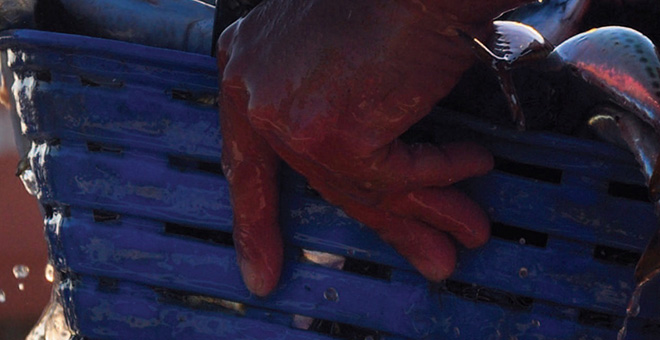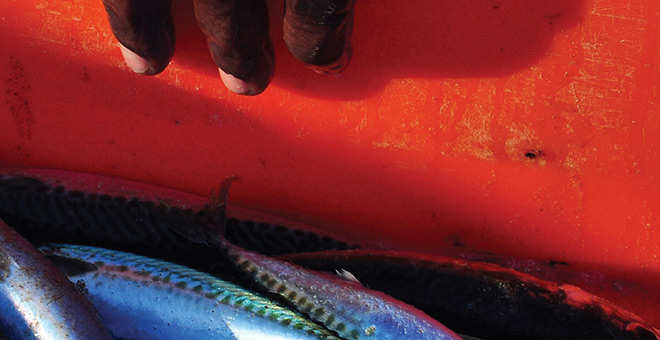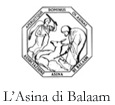Martha Craven Nussbaum’s distinguished work is as vast as it is difficult to classify. Nonetheless, if one looks at it from the perspective of its basic problematic, two notions seem central: that of human capabilities, and that of human vulnerability. The two are interconnected: while in her most recent writings Nussbaum looks at how political arrangements address human vulnerabilities, she also stresses that prior to that we need to conduct a more philosophical-anthropological analysis on the human being, in order to understand «what vulnerabilities should be addressed». Therefore, her work on capabilities stems directly from her work on vulnerabilities. However, does it not appear to be a contradiction, or at least a paradox? How does capability correspond to vulnerability? Nussbaum does not seem to address this question directly in her works. In an attempt to offer an answer, this article traces and situates Nussbaum’s work on capabilities in the context of the notion of l’homme capable as developed by Paul Ricœur. It briefly examines Nussbaum’s work on Greek literature and philosophy and, in the final part, analyses vulnerability’s connection to the notion of suffering and the cataleptic value of literature. In doing so, it attempts to show that the capability approach attempts at dismantling the anthropological conception prevailing in Western philosophical circles, which entails that a human being is an autonomous, rational individual, fully capable of exercising moral judgments. Instead, by embracing vulnerability as an inherent aspect of being a human being, capability presupposes a self utterly immersed in and conditioned by social bonds with others. Such an approach allows Nussbaum to situate literature – due to its potential in exposing our vulnerabilities to us – as central for the formation of contemporary democracies.
Cerca nel sito
Seguici


 На данный момент наибольшей популярностью пользуются беззалоговые займы и кредиты, они составляют львиную долю на рынке.
Но есть и другие формы займов, например займ под материнский капитал. Это более редкая форма, и тяжело сказать,
на сколько она реализуема с точки зрения законодательства Российской Федерации, но запрос на такой займ безусловно есть.
На данный момент наибольшей популярностью пользуются беззалоговые займы и кредиты, они составляют львиную долю на рынке.
Но есть и другие формы займов, например займ под материнский капитал. Это более редкая форма, и тяжело сказать,
на сколько она реализуема с точки зрения законодательства Российской Федерации, но запрос на такой займ безусловно есть.





























 scarica l’articolo gratuitamente
scarica l’articolo gratuitamente Area personale
Area personale








